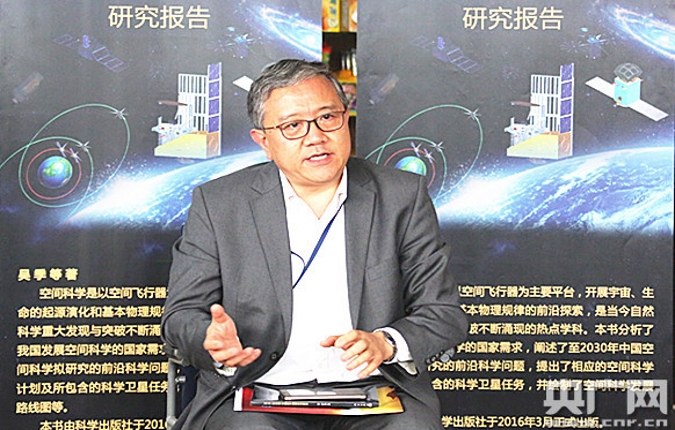|
|
China Boosts Its Space Science Budget; Plans for Its Mission to Mars
22 March 2016
EIRNS—In the friendly competition between two fast-moving Asian space powers, China was somewhat embarrassed when India successfully orbited Mars first. But, planetary expert Academician Ye Peijian, told Xinhua: "Although we are not the first Asian nation to send a probe to Mars, we want to start at a higher level." While the Indian MOM mission placed a spacecraft in Mars orbit, China’s first mission includes an orbiter, and also a lander and a rover. This is very ambitious, for a first mission to Mars. It is similar to, but much more difficult than, their Chang’e-3 lunar mission, which also had a lander and a rover. Unlike the Moon, Mars has an atmosphere, and it has a greater gravitational force, and an active planetary surface. Because of the greater distance to Mars than the Moon, and the resulting time-lag in communications, the rover should be able to "sense the environment, plan its route, conduct scientific exploration, and detect faults autonomously," said Jia Yang, deputy chief designer of the Chang’e-3 lunar rover. Following this first mission to Mars, planned for 2020, China plans a sample-return mission around 2030. At the same time, plans for space science missions overall are receiving strong support. Andrew Jones, from Global Times, reports today on China’s space science budget and future plans, just released for the new Five Year Plan. The budget is about $910 million for 2016-2020 (which should not be compared to the U.S. funding level), and means "we are likely to launch 15 to 20 scientific satellites, if not more, by 2030," said Dr. Wu Ji, the head of the National Space Science Center. |


